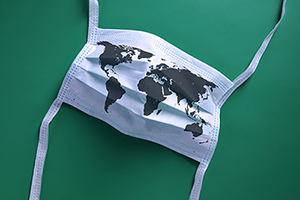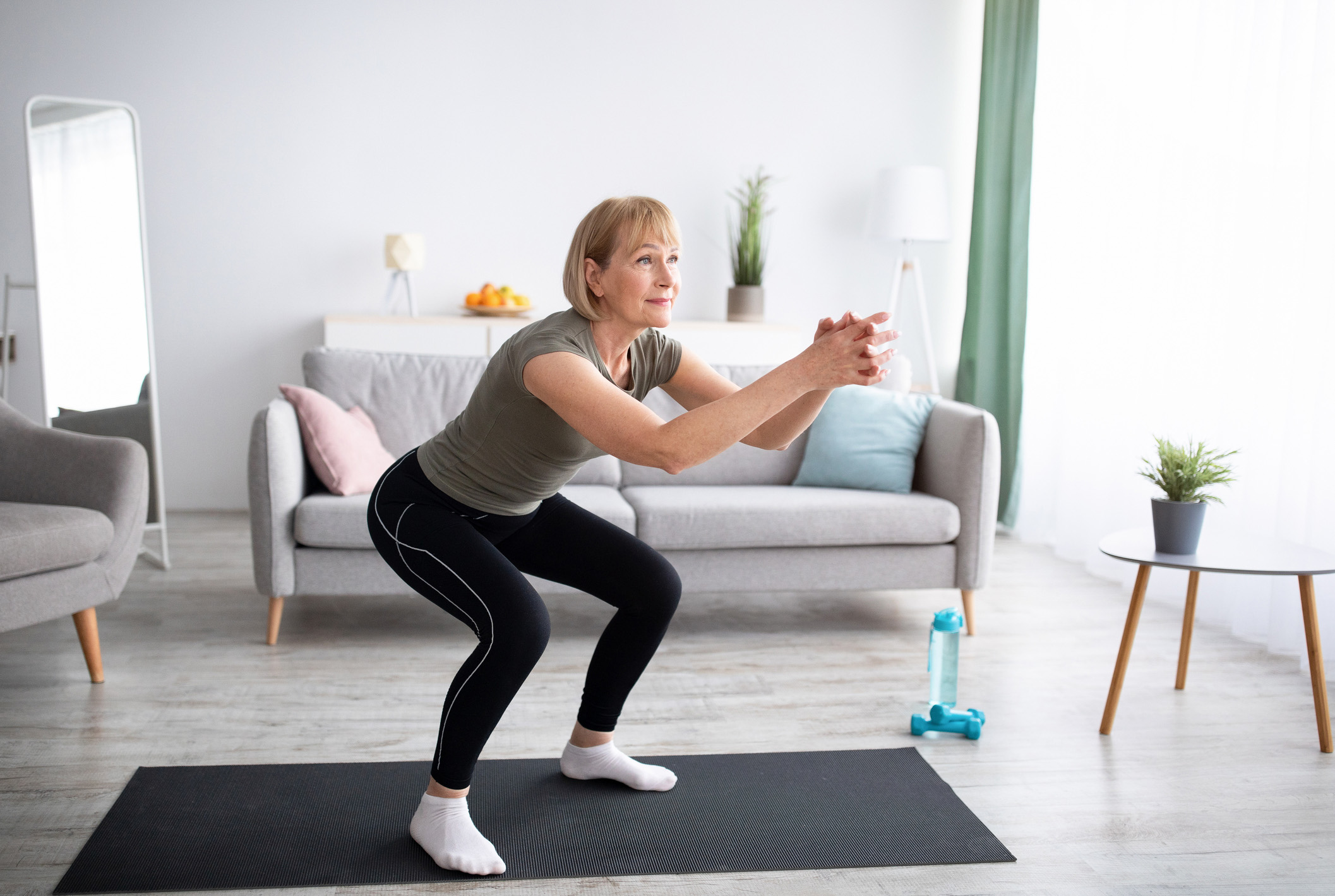More mask misdirection (and some possible clarity): I’m finally getting a handle on this mask controversy. First, they told us that masks for the general public were unnecessary because a) they were ineffective, and b) the good masks were scarce and were needed for medical professionals at high risk. Do you sense an inherent contradiction here? If they protect in a hospital setting, why shouldn’t they work on the outside? And, if there were no risk of transmission beyond the hospital setting, it would only be medical personnel acquiring infections—which is clearly not the case.
Of course, there’s the undeniable fact that masks don’t confer absolute protection. The cloth masks that they’re telling us to improvise are porous, and thus can permit viral particles to escape and allow ingress of coronavirus. So, too, are paper surgical masks, although they’re a tad better than tying a bandana around your face. Even the coveted state-of-the-art N95 respirators aren’t perfect. And without helmets, full body suits and eye protectors, health workers are vulnerable to transmission in high-risk settings like when performing intubations or when suctioning or nebulizing patients.
But here’s the way we need to think about masks: I was prompted to reflect on rules of the road during a recent scuba dive trip to Tortola. Islanders drive like maniacs there, and the crude lanes carved into the mountainous terrain once guaranteed a steady toll of road casualties. The government undertook a campaign to urge people to drive safely and adhere to speed limits—the equivalent to current pleas to maintain social distancing. It didn’t work.
So now, wherever you drive on Tortola, you’re confronted with annoying speed bumps that require that you take them slow, or else risk losing a muffler, screwing up your wheel alignment, or jacking up your suspension.
That may be how masks, however imperfect, might act as circuit breakers on disease transmission.
Let’s say, for the sake of argument, that they’re just 30% effective.
That means that an infected person with a mask on, by coughing or sneezing or perhaps merely talking, might infect 30% fewer vulnerable individuals. But that 70% will go on, in turn, to infect 30% fewer individuals. And so on down the line. The downstream effects multiply and are beyond a mere one-off 30% reduction in transmission. Mathematical modeling of this kind is referred to as “convexity” or “non-linearity”, and even this seemingly unsatisfactory measure has the potential to substantially attenuate—but not necessarily halt—an aggressive pathogen.
The enemy of the good is the perfect. So, as much as I hate to admit that wearing only partially effective masks might not be much more than a valiant attempt at demonstrating communal solidarity, it really might help. It’s worked in other places like Hong Kong, Singapore and South Korea, so let’s try it here.
Are we all losing our metabolic fitness during the lockdown? Hopefully, we’re not all replicating this experiment. With gyms, playgrounds, pools and parks closed, and people encouraged to “shelter in place”, exercise opportunities are foreclosed for all but the most resourceful; some, like me, are doing endless crunches, pushups, even resorting to boring resistance bands. Additionally, scarcities of fresh food and pandemic stress are causing people to revert to caloric comfort foods.
The research that I reference here demonstrates that you can lose metabolic fitness even before your scale confirms the damage. It took mere days for young, fit, male subjects to evince signs of emerging insulin resistance after a high-calorie diet and exercise restriction: “ . . . disruptions in the regulation of glucose metabolism, including deterioration in insulin sensitivity, occur after only 3 days of reduced daily stepping and overfeeding, with a more pronounced effect observed after 7 days of intervention.”
This bodes poorly for the overall long-term health of our quarantined populace and must be factored in when we weigh the relative risks/benefits of the lockdown. But there also may be immediate consequences as we confront the pandemic.
As I pointed out in a recent Facebook Live discussion (Thought Leader Conversation Series: Personalized Nutrition for Immune Support in the COVID-19 Era) metabolic fitness may confer protection against the worst outcomes of Coronavirus infection. A high percentage of fatalities have “co-morbidities”—diabetes, obesity, hypertension and heart disease.
But you don’t need to have a formally diagnosed medical condition to have impaired metabolism, as the feeding study I cited above amply demonstrates. And you don’t even have to be overweight. I’ve often talked about a predicament called TOFI—thin outside, fat inside. What that means is that despite overtly normal weight, you might have an accumulation of visceral fat, which the volunteers in the experiment developed rapidly after a mere few days of inactivity and over-feeding.
That lack of metabolic fitness suppresses your immune defenses, makes you more prone to inflammation, and impairs your cardiopulmonary reserve—all of which figure in resistance to COVID-19.
Can toilets spread coronavirus? Don’t get me wrong, unless you live in a broken down Wuhan tenement, I’m not saying contagion from adjacent apartments is going to bubble up in your toilet bowl. Nor am I intimating—unlike hepatitis A or norovirus which are wildly contagious via fecal contamination—that the service worker who prepared your takeout sandwich can transmit COVID-19 to you after a lapse in bathroom etiquette. Studies suggest that Coronavirus is not spread via contaminated food.
But when toilets flush, they create an aerosolized plume of viral particles, which can then be inhaled. And it’s been confirmed that Coronavirus particles are shed in the stool of infected patients, sometimes long after they’ve seemed to recover. This might pose problems in hospitals, nursing homes or in households where COVID-19 patients are self-quarantining. I’m not concerned about my toilet because no one is sick in my family. But when people start returning to offices, gas stations, restaurants, entertainment venues, airline terminals and sports events—well, there’ll be a lot of flushing toilets. And odds are, some infected individuals will be using them.
This might also portend the death knell for those hand dryers that were supposed to be so good for the environment. They suck in ambient air, which might be laden with suspended viral particles, and spew them back onto your hands and potentially into your nose, eyes, and lungs.
We’ll need new science-grounded rules for bathroom hygiene to allow us to safely emerge from lockdown.
The same might be said for the reusable shopping bags we were encouraged to use—that is until last month, when they became potential viral vectors. Disposable bags are now de rigueur.
Oh, and masks? Many states have suspended ordinances prohibiting facial concealment—laws that date back to the days of the Ku Klux Klan, and lately had been invoked to deter anonymous violence during protests.
Yup, there are going to be some long-lasting cultural changes that will be the legacy of COVID-19.
For now, stay safe and hunker down for a just a little bit longer—we may have reached the inflection point.







